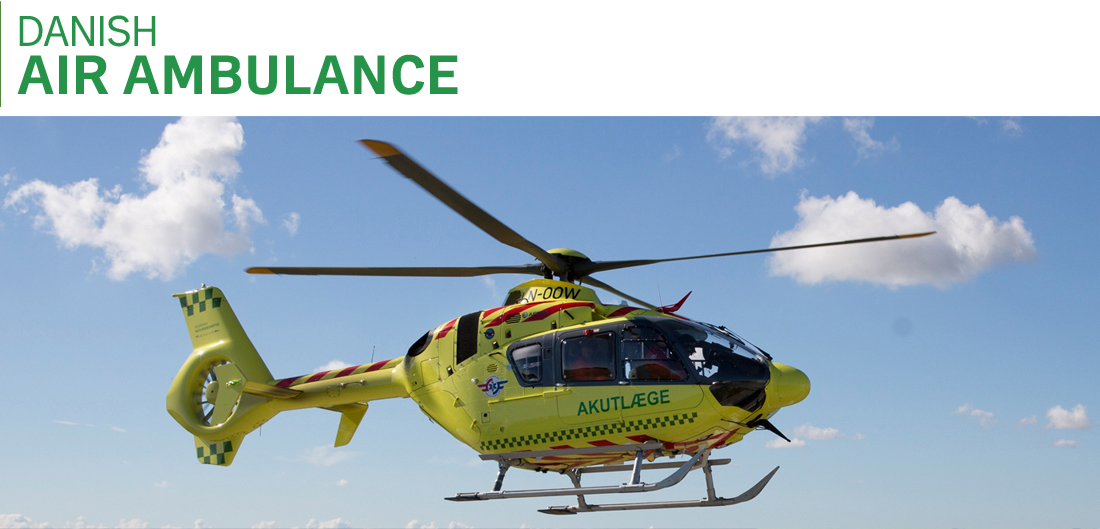Background
Traumatic cardiac arrest (TCA) is a critical condition associated with poor prognosis, and prompt, empirically-grounded interventions are paramount in increasing survival rates. Physician-staffed helicopter emergency medical service (HEMS) use in major trauma has demonstrated improved outcomes. However, divergent survival rates highlight the necessity for a comprehensive understanding of this subgroup.
Purpose
To evaluate survival and return of spontaneous circulation (ROSC) and to investigate factors that characterise this subgroup of cardiac arrest.
Methods
This study is based on data from the HEMS database, incorporating data from 2016 to 2021. Traumatic cardiac arrests will be identified within the HEMS database using an advanced predefined search algorithm. Key factors of interest include: witnessed event, initial cardiac rhythm, cardiopulmonary resuscitation, intubation, administration of blood products, ROSC and 30-day survival. The incidence and survival will be described using descriptive analyses. Lastly, the mentioned parameters will be included in a regression analysis to identify factors affecting survival and ROSC.
Collaboration
This study originates from the Prehospital centre, Region Zealand in collaboration with the Danish national Air ambulance.
